Ancient Egypt, with its pyramids, pharaohs, and mysterious gods, is a place that has fascinated people for thousands of years. Get ready to have your mind blown as we reveal some of the most amazing facts about this remarkable civilization.
15 Mind-Bending Facts about Ancient Egypt (One Line Facts)
- Ancient Egyptians invented one of the first ways to write and make paper.
- They believed in over 2,000 different gods and goddesses!
- Egyptian men and women loved wearing makeup.
- The Great Pyramid of Giza was the tallest building in the world for a super long time – almost 4,000 years!
- Ancient Egyptians were basically early doctors – they could even do surgery.
- Cleopatra, the famous queen, wasn’t actually Egyptian.
- Workers building the pyramids were paid in beer!
- The calendar we use today is very similar to the one invented by the ancient Egyptians.
- Sometimes, pharaohs married their own sisters to keep the royal power in the family.
- Egyptians mummified animals too, not just people!
- Board games were super popular in ancient Egypt.
- The Great Sphinx is a giant statue with a lion’s body and a human head.
- King Tut (Tutankhamun) was just a teenager when he died.
- Ancient Egyptians used over 700 symbols in their writing system called hieroglyphs.
- The pyramids weren’t built by slaves – skilled workers were paid for their labor.
1. Hieroglyphs and Papyrus: The Dawn of Writing
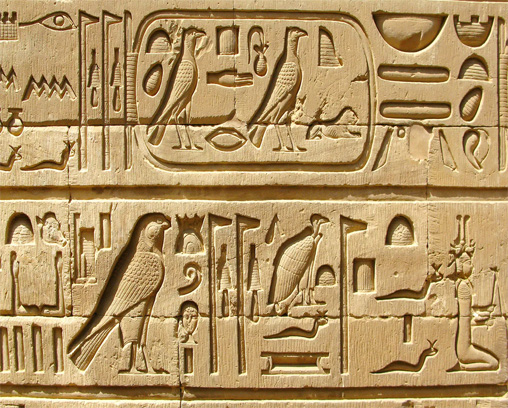
The ancient Egyptians developed one of the earliest writing systems in the world – hieroglyphs. These weren’t just simple letters, but rather detailed pictures that represented words, sounds, and even ideas. Imagine writing “sun” by drawing a bright circle with rays! Hieroglyphs were often carved onto stone walls or painted on papyrus, a paper-like material made from the reeds of the Nile River. Papyrus revolutionized communication, allowing Egyptians to record their history, religious beliefs, and daily lives on a relatively durable and portable medium.
2. A Pantheon of Gods and Goddesses
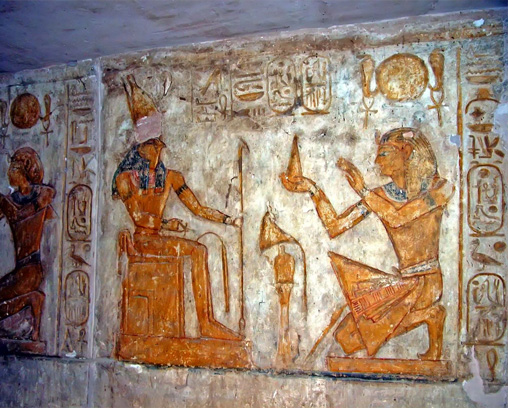
The ancient Egyptians believed in a vast and complex pantheon of over 2,000 gods and goddesses. These deities were seen as powerful forces that governed every aspect of nature and human life. Ra, the sun god, was considered the king of the gods, while Osiris, the god of the underworld, ensured the afterlife’s continuity. Bastet, the cat goddess, symbolized protection and warfare, and Isis, the goddess of motherhood and magic, offered healing and protection. This rich tapestry of gods and goddesses reflected the Egyptians’ deep connection to the natural world and their desire to explain its mysteries.
3. Makeup: Beyond Beauty
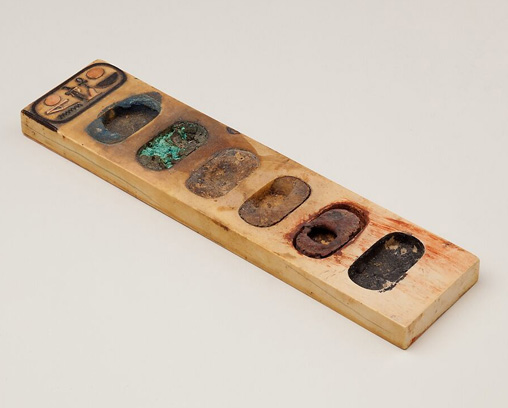
Egyptians of both sexes loved to wear makeup, and it wasn’t just about vanity. Kohl, a black eyeliner made from ground galena, was believed to ward off evil spirits and protect the eyes from the harsh sun. Green eyeshadow, created from malachite, was another popular choice, as green was associated with growth and rebirth. They even used makeup made from crushed minerals to paint their lips red. Applying makeup was a daily ritual, and Egyptians had elaborate cosmetic palettes and tools to achieve their desired look.
Read More: Top 15 Surprising Facts That Will Change How You See the Roman Empire
4. The Enduring Grandeur of the Great Pyramid
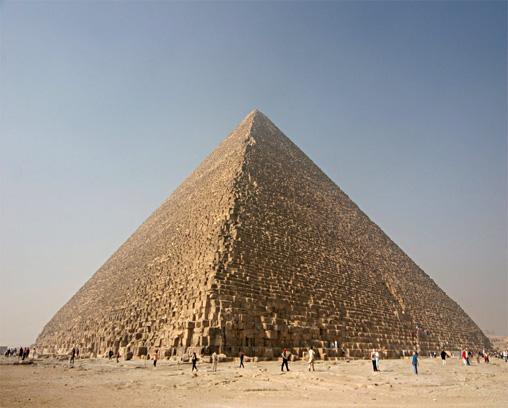
The Great Pyramid of Giza is a staggering feat of engineering and a true marvel of the ancient world. Built as a tomb for Pharaoh Khufu (Cheops), it’s estimated to have taken 27 years and over 20,000 workers to complete. The precision of the pyramid’s construction is mind-boggling. The massive stone blocks fit together seamlessly, and the pyramid’s sides are aligned almost perfectly with the four cardinal points of the compass. For nearly 3,800 years, the Great Pyramid held the title of the tallest man-made structure on Earth, a testament to the ingenuity and organizational skills of the ancient Egyptians.
5. Ancient Healers: Doctors and Surgeons
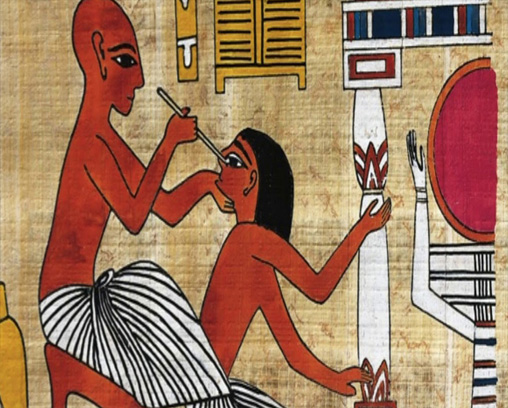
The ancient Egyptians possessed a surprisingly sophisticated understanding of medicine and surgery. They were skilled at diagnosing illnesses by observing symptoms and taking pulses. Their medical knowledge was documented on papyrus scrolls, detailing treatments for everything from headaches to broken bones. Egyptians even performed rudimentary surgeries, using tools like knives and saws made from bronze and flint. While their methods might seem primitive by today’s standards, they were remarkably advanced for their time.
6. Cleopatra: A Legacy of Greek Roots
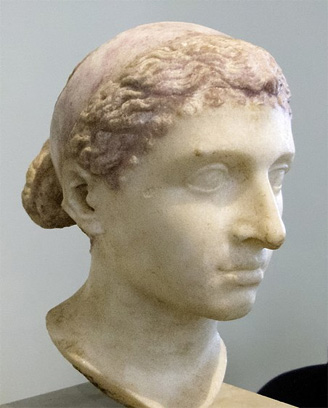
Cleopatra VII, the last active pharaoh of Egypt and an iconic figure in history, was actually of Greek Macedonian descent. Her ancestry can be traced back to Ptolemy I Soter, one of Alexander the Great’s generals who founded the Ptolemaic Dynasty. This Greek influence heavily shaped her rule and marked a turning point in Egypt’s history.
Read More: Lost Civilizations: Unravel 15 Enigmatic Cultures | History’s Secrets
7. Beer as Payment: Cheers to Laborers
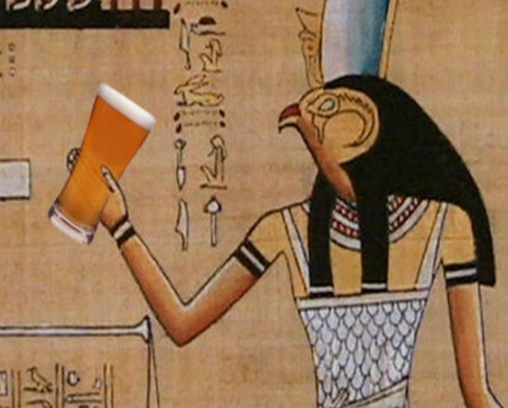
The massive construction projects like the pyramids required thousands of workers. Instead of gold or silver, these workers were often paid in rations of food and beer! Beer was a staple in the ancient Egyptian diet, providing essential calories and nutrients. Imagine getting paid in your favorite food or drink after a hard day’s work!
8. Egyptians: The Original Time Travellers …Almost!
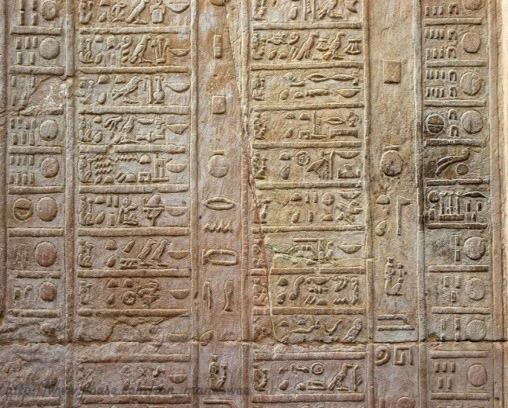
Image Source: theasian
The ancient Egyptians’ calendar system was remarkably similar to our own. They recognized the Earth’s solar cycle and created a calendar with 12 months of 30 days each. They added an extra five days at the end of the year for festivals and celebrations. This accurate calendar allowed the Egyptians to predict the Nile River’s flooding, essential for their agriculture and way of life.
9. Pharaohs: Keeping it in the Family
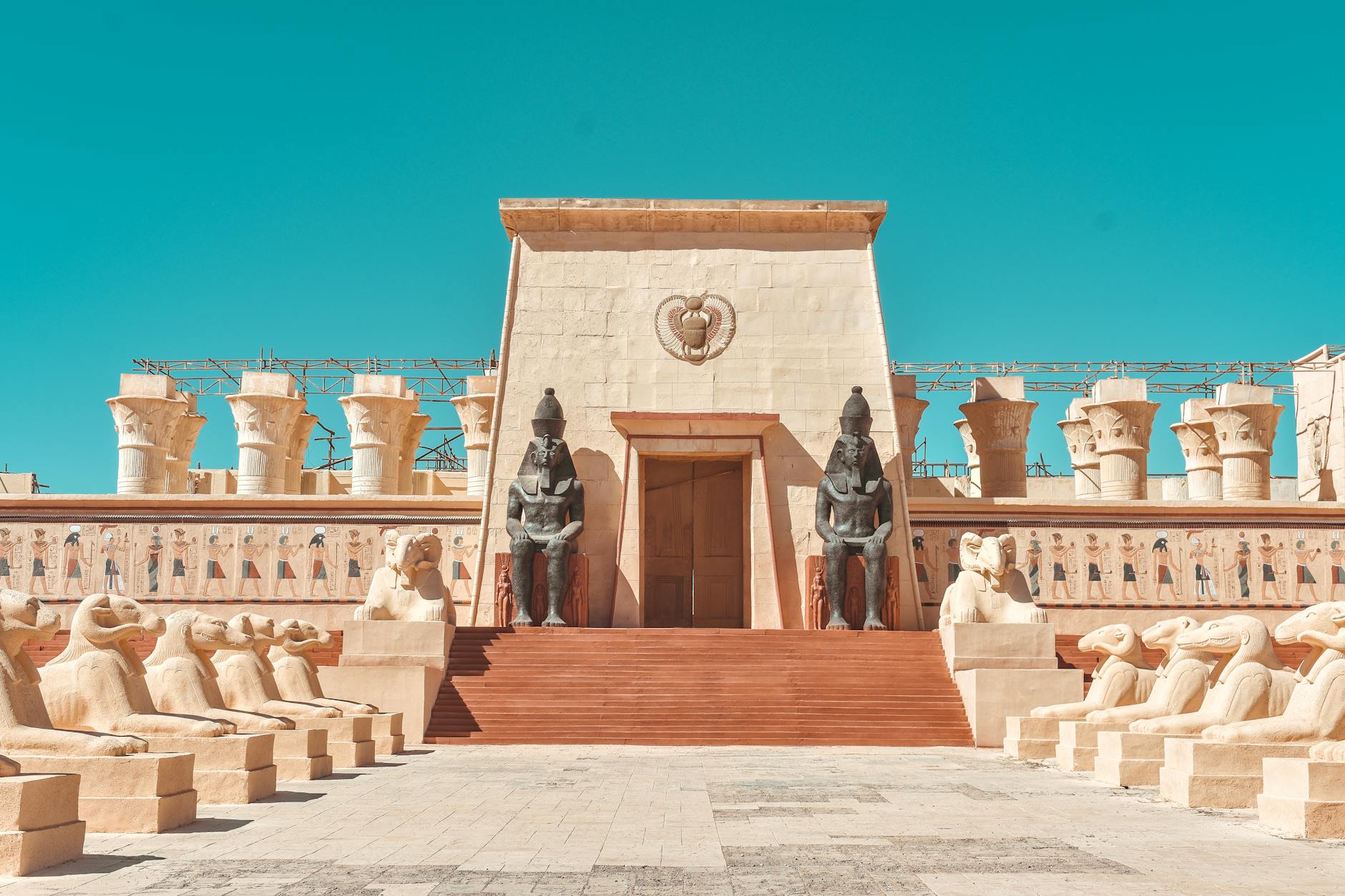
To maintain the purity of their royal bloodline, pharaohs sometimes engaged in the practice of marrying close relatives, often their siblings or half-siblings. This practice was considered sacred, connecting the pharaohs to the gods, but it was viewed as unusual by most ordinary Egyptians. There are many examples throughout history, with the most famous being King Tutankhamun, whose parents were brother and sister.
Read More: 15 Mind-Blowing Facts About Ancient Civilizations
10. Mummified Animals: Companions for the Afterlife
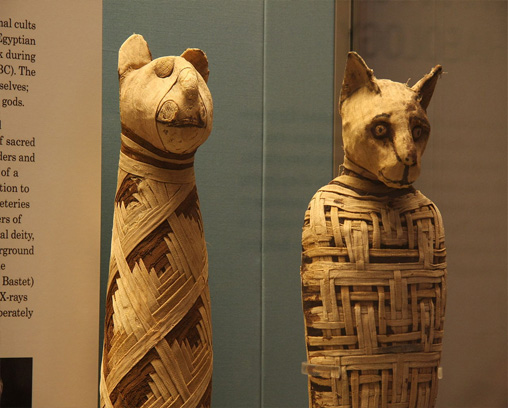
Image Source: wikipedia By Mario Sánchez
Animals played a vital role in ancient Egyptian religion and were often seen as the earthly manifestations of gods and goddesses. Cats, especially, were revered for their association with Bastet, the goddess of protection. But it wasn’t just cats—dogs, ibises, baboons, and even crocodiles could be mummified. The Egyptians believed that by preserving the bodies of animals, their spirits could accompany their owners to the afterlife and act as offerings to the gods.
11. Game On! Entertainment in Ancient Egypt
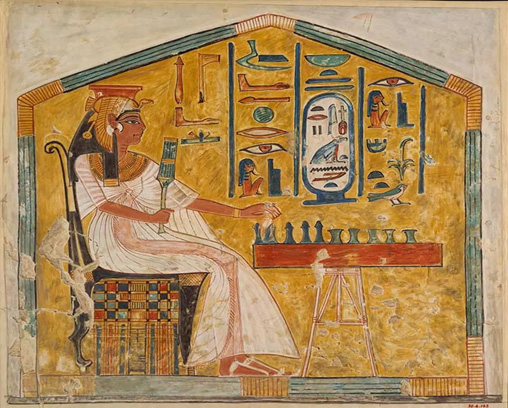
Forget about video games and smartphones! Ancient Egyptians loved to relax and have fun with board games. Games like Senet and Mehen were enjoyed across all social classes. Senet was a strategy game where players raced to move their pieces across the board, while Mehen involved moving around a spiral game board. These games provided entertainment and a chance to socialize.
12. The Great Sphinx: An Enduring Enigma
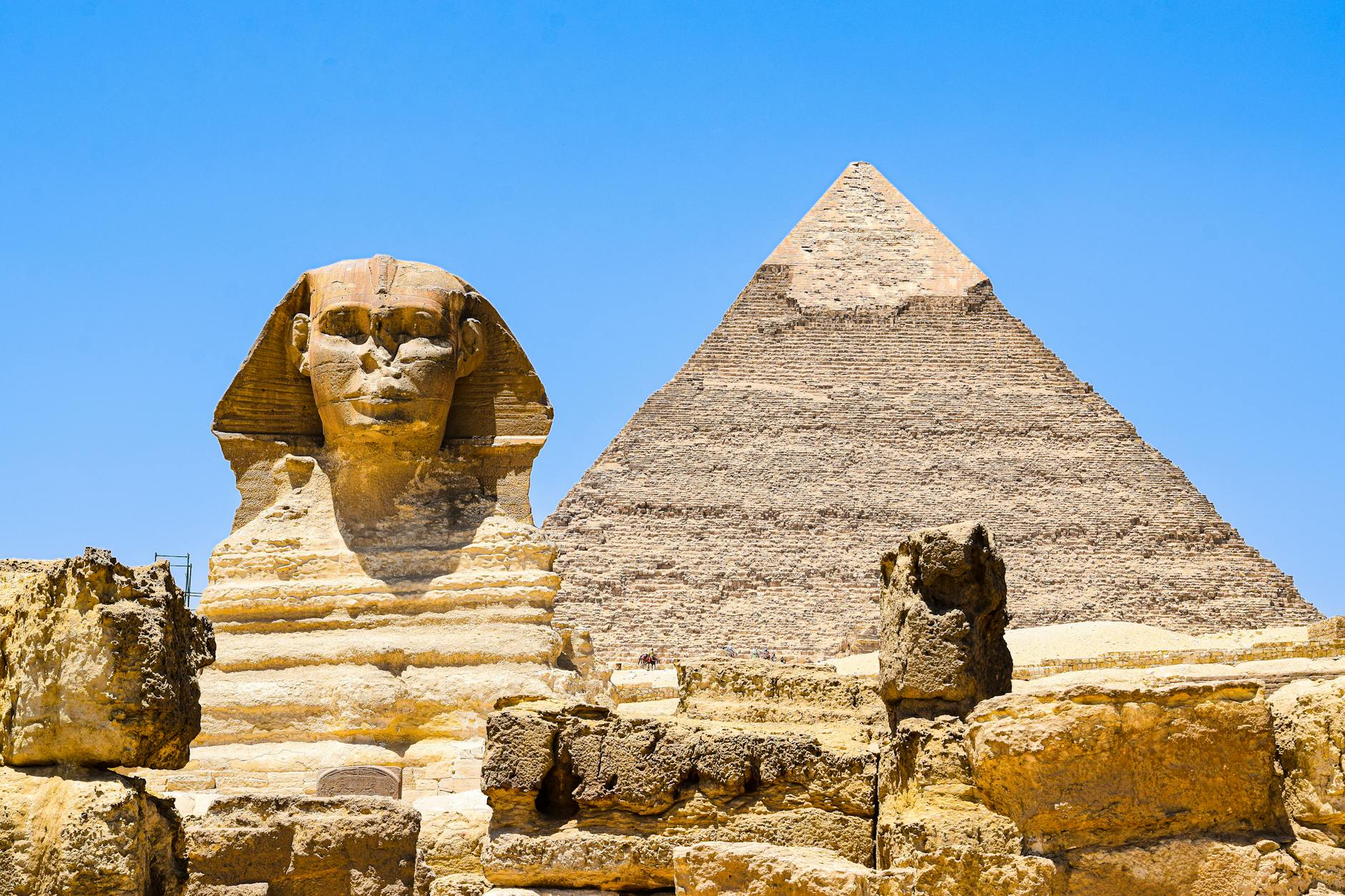
The Great Sphinx of Giza, a colossal limestone statue with a lion’s body and a human head, is one of the most iconic and mysterious monuments of ancient Egypt. Believed to have been built during the reign of Pharaoh Khafre around 2500 BC, the Sphinx likely represents the pharaoh himself, symbolizing power and protection. Erosion and the passage of time have shrouded its original purpose and creation in mystery, fuelling endless theories about its true meaning and significance.
Read More: 15 Mind-Blowing Facts About Medieval Times That Will Transport You Back in History
13. King Tutankhamun: A Boy King’s Short Reign
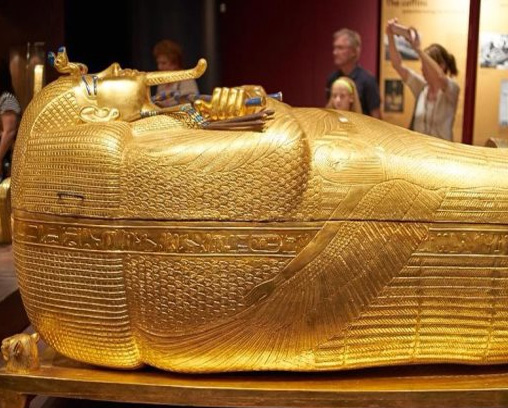
King Tutankhamun’s golden sarcophagus . Image Source: egypttoday
King Tutankhamun, often referred to as King Tut, is perhaps the most famous pharaoh of ancient Egypt, despite his relatively short life and reign. He ascended the throne as a young boy and died around the age of 18 or 19. The discovery of his nearly intact tomb filled with treasures in 1922 captured the world’s imagination and offered a glimpse into the riches and opulence of pharaohs. While his death remains mysterious, his legacy as the “boy king” continues to fascinate historians and the public alike.
14. Hieroglyphics: Deciphering a Complex Code
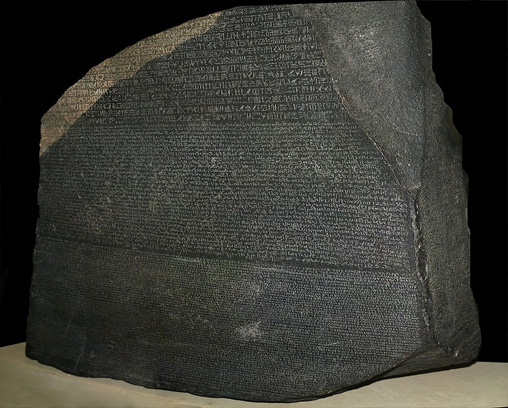
The ancient Egyptians’ hieroglyphic writing system was a complex and beautiful way of representing language. With over 700 different symbols, hieroglyphs could represent words, sounds, or even entire concepts. They were carved into temple walls, painted onto tombs, and inscribed on precious objects. For centuries, deciphering hieroglyphs remained an impossible puzzle, until the discovery of the Rosetta Stone in 1799 provided the key to unlocking their secrets.
15. The Pyramid Builders: Skilled Laborers, Not Slaves
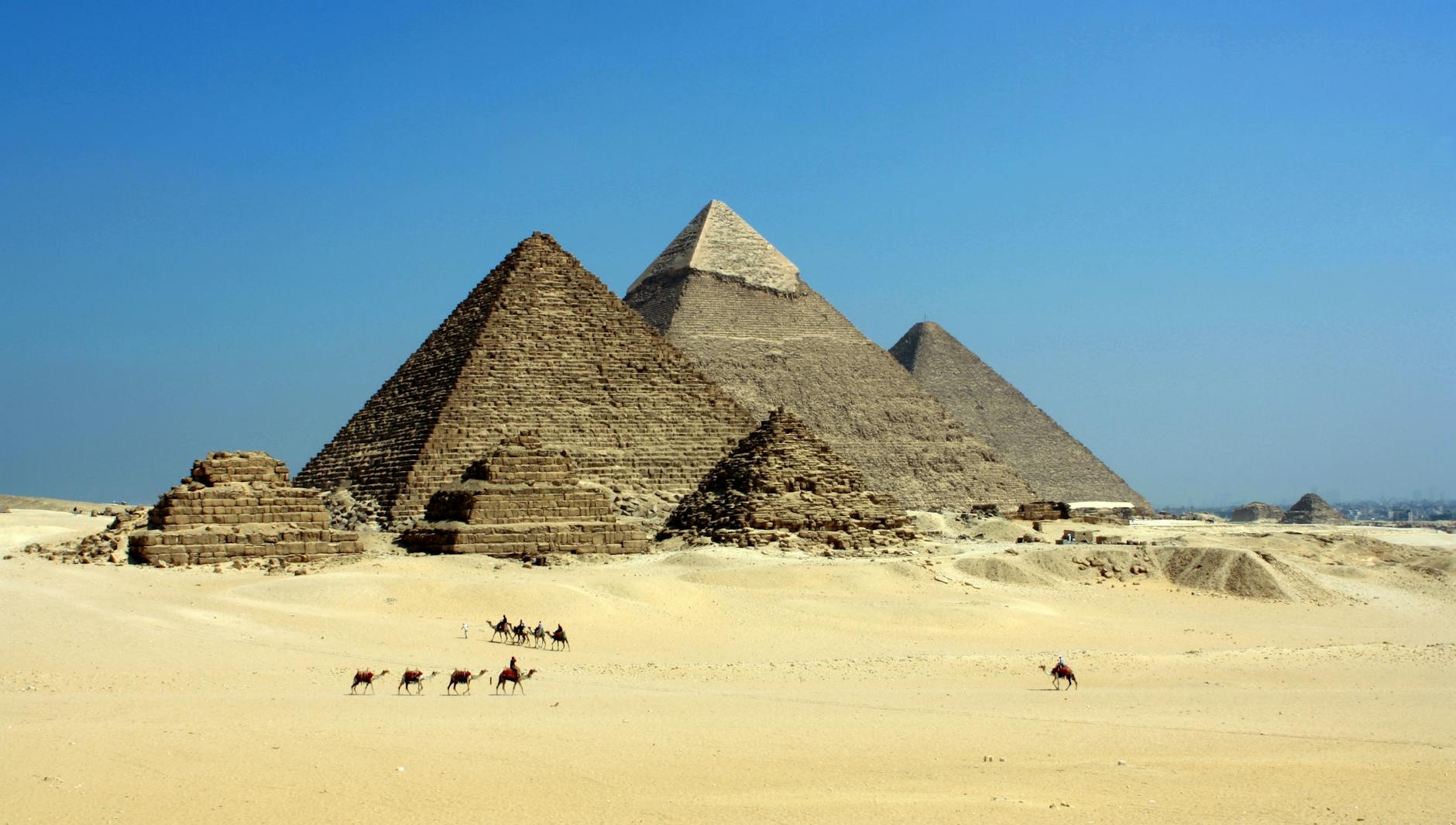
Contrary to popular belief, the construction of the pyramids was not the work of slaves. Archaeological evidence suggests that the workforce primarily consisted of skilled laborers, farmers, and artisans. These workers likely received payment in the form of food, housing, and other necessities for their labor. Building the pyramids was seen as a national project and a source of pride for the workers, who contributed their skills to creating these magnificent monuments.
Conclusion:
Ancient Egypt was a civilization of astonishing achievements and enduring fascination. From their intricate understanding of the cosmos to the awe-inspiring pyramids, the ingenuity and artistry of this ancient culture continue to leave the world in amazement. These mind-bending facts offer a glimpse into the lives, beliefs, and remarkable accomplishments of the people who lived along the banks of the Nile River thousands of years ago. The legacy of ancient Egypt continues to inspire wonder and provoke questions about this extraordinary civilization and its place in human history.
15 FAQs (Frequently Asked Questions):
-
Why did ancient Egyptians mummify their dead?
Ancient Egyptians believed in the concept of an afterlife. Mummification was a way to preserve the body so that the soul, or ‘ka,’ could recognize it and journey to the afterlife.
-
Who were the pharaohs?
Pharaohs were the kings and queens of ancient Egypt. Considered to be semi-divine, they held absolute power over the land and were believed to be the intermediaries between the gods and the people.
-
Did ancient Egyptians have pets?
Yes! Ancient Egyptians were fond of animals and often kept them as pets. Cats were especially revered, but dogs, birds, and monkeys were also popular companions.
-
Why did they build the pyramids?
The pyramids were built as massive tombs to house the bodies of pharaohs and ensure their safe passage to the afterlife. They were also symbols of royal power and a testament to ancient Egyptian engineering skills.
-
How did the ancient Egyptians write?
They used a complex system called hieroglyphs, which combined pictures and symbols to represent words, sounds, and concepts.
-
What was the purpose of the Great Sphinx?
While its original purpose is debated, the Great Sphinx is believed to have served as a guardian figure, symbolizing strength and protection for the pharaohs and their burial complexes.
-
What happened to Cleopatra?
After the defeat of her forces and her lover Mark Antony by Octavian (later Emperor Augustus), Cleopatra VII committed suicide, ending her reign and the Ptolemaic Dynasty in Egypt.
-
How long did the ancient Egyptian civilization last?
The ancient Egyptian civilization as we recognize it lasted for over 3000 years, from around 3100 BC to its conquest by Alexander the Great in 332 BC.
-
What gods did the Egyptians worship?
Ancient Egyptians had a vast pantheon of gods and goddesses. Some of the most important include Ra (sun god), Osiris (god of the afterlife), Isis (goddess of magic and healing), Horus (sky god), and Anubis (god of embalming).
-
What did ancient Egyptians eat?
Their diet consisted mainly of bread and beer, staples for all social classes. They also ate a variety of vegetables, fruits, fish, and meat.
-
What was daily life like for ordinary Egyptians?
Most ancient Egyptians were farmers, growing crops along the fertile banks of the Nile River. Others were skilled craftsmen, creating pottery, jewelry, and textiles. Family life was important, and women enjoyed more rights and freedoms compared to many other ancient societies.
-
Did the ancient Egyptians have advanced medical knowledge?
Yes! They were skilled in diagnosing and treating various illnesses using herbs, minerals, and sometimes surgery. Egyptian doctors had knowledge of anatomy, could set broken bones, and were even aware of the connection between the pulse and the heart.
-
How was the Great Pyramid built?
The exact methods remain somewhat mysterious, but it’s believed Egyptians used ramps, levers, and a massive workforce to transport and position the giant stone blocks. Their engineering techniques were incredibly advanced for their time.
-
What caused the decline of ancient Egypt?
The decline was a gradual process with a mix of factors. Internal power struggles, economic difficulties, invasions by foreign powers, and periods of drought all weakened this once-mighty civilization over the centuries.
-
What treasures were found in King Tutankhamun’s tomb?
King Tut’s tomb was remarkably intact, filled with treasures beyond imagination. Gold, jewelry, furniture, chariots, statues, and his iconic golden burial mask were among the thousands of artifacts discovered, offering an extraordinary view into the life of an ancient Egyptian pharaoh.




